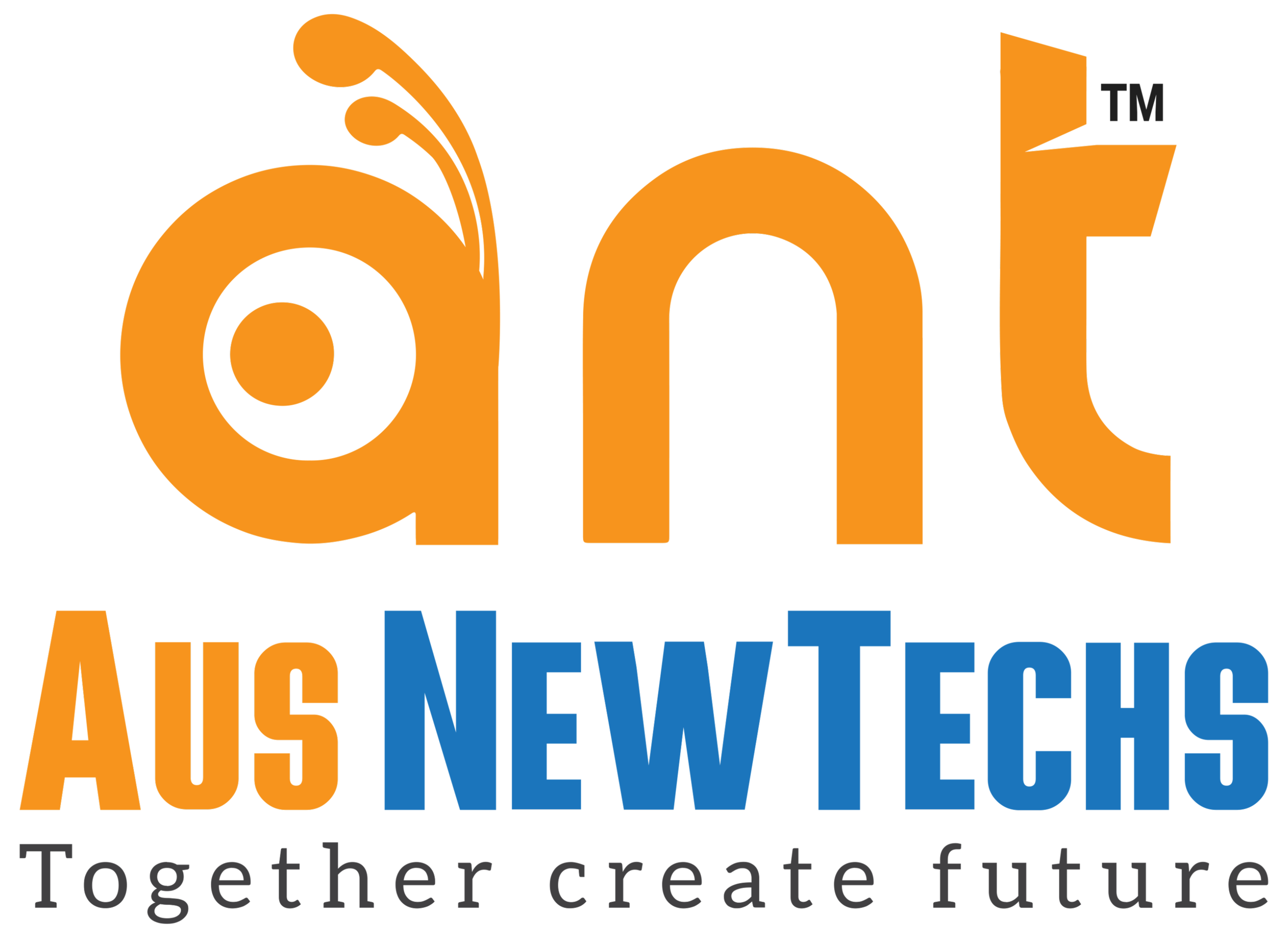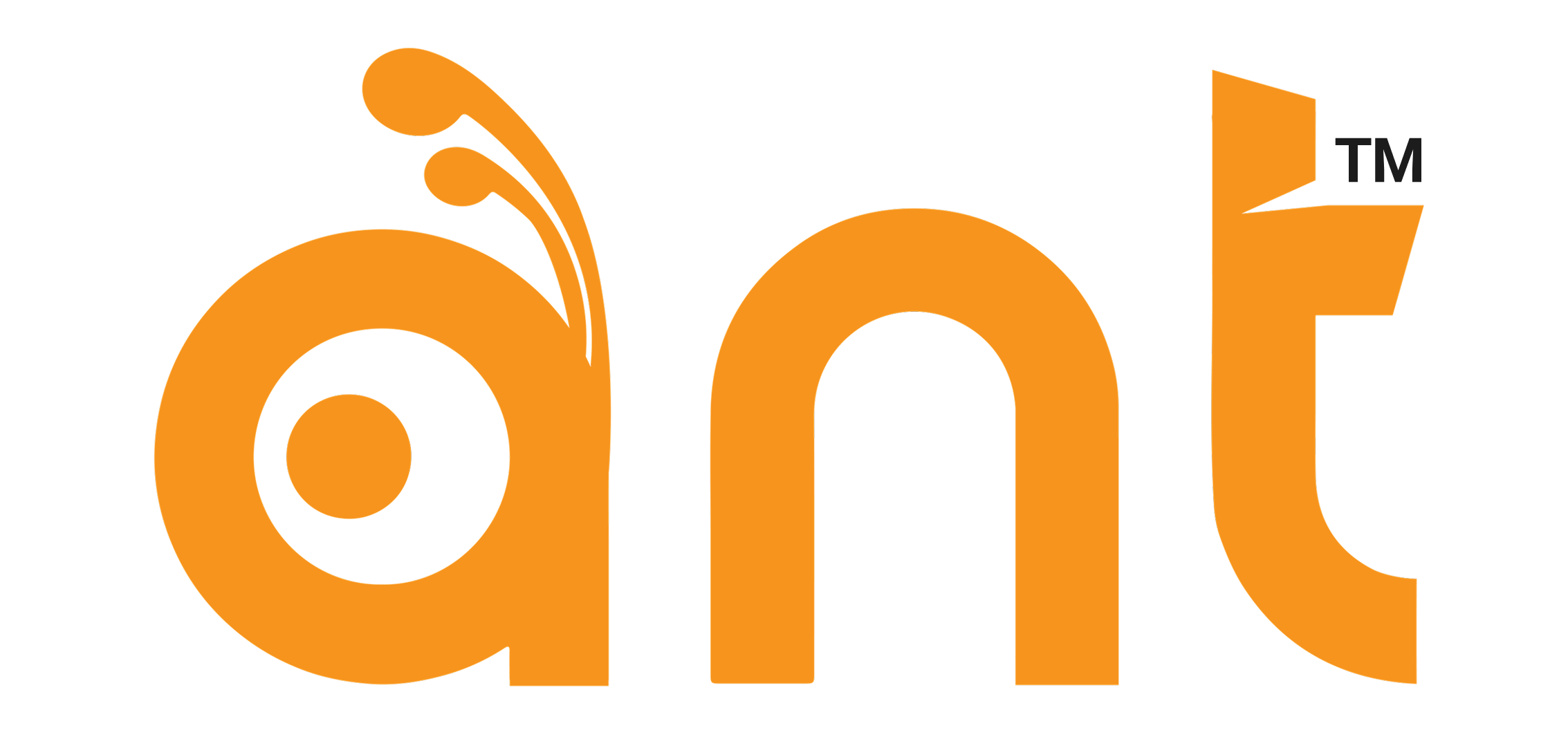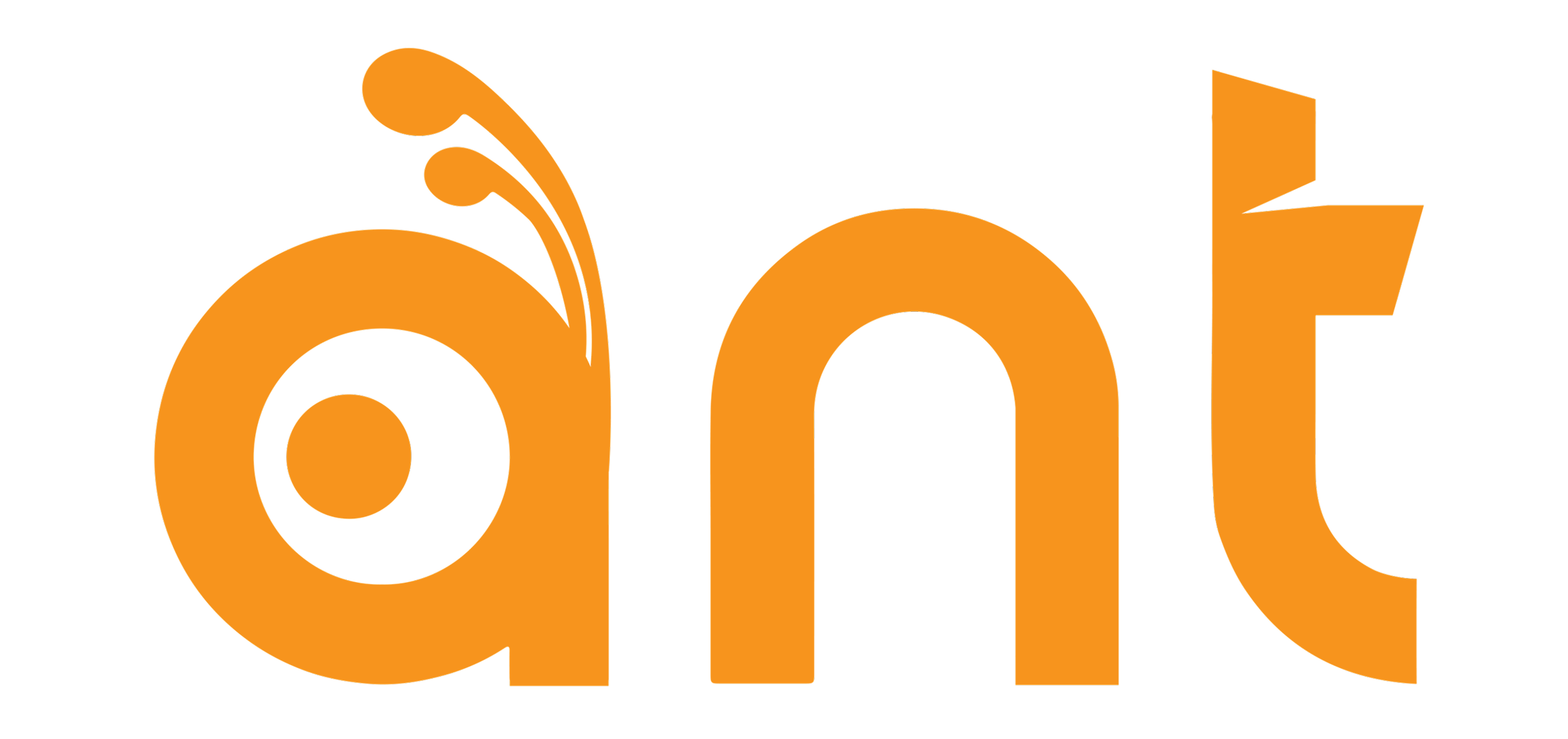The digital landscape continues to evolve rapidly, driven by advancements in artificial intelligence, evolving privacy regulations, heightened user experience expectations, and escalating customer acquisition costs. These factors compel businesses to reassess the functionality of their websites. For Australian small and medium-sized businesses (SMBs), a contemporary website has transitioned from a supplementary asset to an essential core for sales, lead generation, customer interaction, and establishing brand credibility.
As we approach 2026, the pertinent question shifts from whether a new website is necessary to whether an existing site is sufficiently intelligent, performant, secure, and optimized for conversions to thrive in the forthcoming market.
This article delineates the expectations for modern web development, key trends anticipated for the year ahead, actionable strategies to maintain competitive advantage, and the role of strategic development in enhancing revenue. The objective is to equip business owners with the knowledge required for informed decisions regarding upgrades or redesigns.
Why 2026 Represents a Pivotal Year for Web Development
The evolution in web development encompasses not only technological advancements but also shifts in user behavior. Consumers are conducting more extensive research, exhibiting lower tolerance for delays, and favoring brands that deliver streamlined, personalized, and frictionless digital interactions.
The following elements are driving these changes:
- AI Integration Becomes Essential. AI functionalities, such as enhanced search capabilities, recommendation engines, chatbots, content personalization, and automated lead qualification, are emerging as standard requirements. Websites neglecting AI integration may cede conversions to competitors offering more sophisticated experiences.
- Google’s Evolving Search Algorithms Prioritize User-Centric Metrics. Recent Google core updates in 2025, including those in March, June, and August, emphasize user-centric factors such as Core Web Vitals, mobile-first indexing, and AI-enhanced search results. Websites predating 2023 are increasingly disadvantaged, with loading speed, accessibility, and interaction quality exerting greater influence on rankings.
- Stricter Privacy and Data Compliance Requirements Australia’s Privacy Act reforms, effective from December 2024, introduce enhanced penalties, a statutory tort for serious privacy invasions (commencing June 2025), and obligations for transparency in automated decision-making (effective December 2026). Alignment with these, alongside global standards like GDPR, necessitates robust data handling, secure forms, and improved cookie management to avoid fines and erosion of customer trust.
- Demand for Instantaneous, App-Like Experiences Progressive Web Apps (PWAs) and serverless architectures enable sub-second loading times and seamless interactions. Legacy frameworks struggle to meet these benchmarks, with the PWA market projected to expand significantly by 2026.
- Intensifying Online Competition. With more SMBs allocating resources to digital marketing, aesthetic appeal alone is insufficient. Websites must facilitate conversions, provide educational content, and automate lead nurturing.
In this context, antiquated websites pose risks, including:
✔ Reduced search rankings
✔ Elevated bounce rates
✔ Diminished credibility
✔ Fewer leads
✔ Inflated advertising expenses
Consequently, 2026 marks a critical juncture for SMBs to adopt agile, AI-infused, conversion-oriented websites that scale with business needs.
Principal Web Development Trends Influencing 2026
The trends outlined below are poised to impact consumer behaviors and development decisions.
- AI-Enhanced Websites and Automation AI represents a transformative force in 2026 across sectors like real estate, construction, healthcare, eCommerce, hospitality, and professional services. Implementations include:
- AI chatbots for immediate responses, appointment scheduling, and lead qualification
- Predictive recommendations
- Automated support and FAQ systems
- Dynamic content generation
- Behavior-based personalization.n For SMBs, AI mitigates administrative burdens and bolsters engagement, vital for resource-constrained teams.
- Conversion-Oriented UI/UX Design In 2026, UI/UX focuses on measurable business outcomes, prioritizing simplicity, minimal navigation friction, and clear calls to action. Key aspects encompass:
- Intuitive navigation
- Prominent value propositions
- Streamlined paths to conversion
- Interactive micro-animations
- Scannable typography
- Touch-optimized mobile layouts Investments in UX yield improved conversion rates without additional marketing expenditure.
- Sub-Second Performance Standards A one-second delay can diminish conversions by 7%, per Google data. Optimal sites leverage frameworks like Next.js, Astro, or Nuxt; serverless platforms such as Vercel or Netlify; image optimization; PWA capabilities; and lazy loading to achieve performance that enhances SEO, conversions, and user satisfaction.
- Accessibility and Inclusive Practices Adherence to WCAG 2.2 standards—encompassing contrast ratios, keyboard navigation, screen-reader support, and ARIA labels—is imperative for trust and broader audience reach.
- Tailored User Journeys Websites dynamically adjust content based on location, behavior, history, interests, or industry, thereby elevating lead quality and retention.
- Modular, Scalable Architectures. Modular designs enable seamless additions of features like booking systems or CRM integrations, minimizing future redevelopment costs.
- Advanced Cybersecurity with Zero-Trust Models Rising threats to Australian SMBs necessitate:
- Multi-layered firewalls
- SSL enforcement
- Secure forms and APIs
- Penetration testing
- AI-driven threat detection
- Zero-trust frameworks to counter AI-enhanced attacks and deepfakes. These measures safeguard reputation and compliance.
Reasons Many SMB Websites Underperform in 2026
Numerous Australian businesses persist with sites from 2016–2020, afflicted by slow performance, outdated aesthetics, unclear journeys, suboptimal SEO, absent automation, vulnerable plugins, cumbersome management, weak trust indicators, and poor ad conversion efficiency. Modern rebuilds address these systematically.
Expectations for High-Performance Websites in 2026 for Australian SMBs
A robust website should feature:
- Conversion Optimization: Clear CTAs, concise forms, trust elements, case studies, and automated follow-ups.
- Intrinsic SEO: Schema markup, rapid loading, structured content, local SEO, and mobile prioritization.
- User-Friendly Management: Intuitive updates without developer intervention.
- Security and Reliability: Protective layers, monitored hosting, secure integrations, and backups.
- Scalability: Adaptable to business expansion.
- System Integrations: With CRM, booking tools, communication trackers, email platforms, inventory, and accounting.
Contributions of Modern Web Development to Business Expansion
Such websites reduce acquisition costs via improved UX and SEO, enhance lead quality through intelligent features, bolster brand authority, accelerate sales with optimized funnels, and boost efficiency via automations—positioning them as strategic investments.
Prioritized Website Features for 2026
- Instantaneous loading
- AI assistants
- Lead scoring
- Online booking and payment
- Customer portals
- Email automations
- Analytics dashboards
- Voice search readiness
- Short-form content formats
- SEO fundamentals
- Accessibility tools
- Multi-language capabilities
- PWA enhancements
Step-by-Step Framework for SMBs Planning Websites in 2026
- Define Business Objectives: E.g., lead growth, bookings, sales, credibility, SEO.
- Evaluate Current Site: Assess speed, UX, SEO, security, conversions.
- Map Customer Journeys: Specify actions per visitor type.
- Select Modern Technologies: Prioritize performant, scalable frameworks.
- Incorporate CRM and Automations For effective nurturing.
- Implement Intuitive UI/UX: Minimize friction.
- Establish Technical SEO: Including schema, sitemaps, and linking.
- Deploy with Monitoring: Track metrics like conversions and user paths.
- Sustain and Refine: Treat the site as an evolving entity.
How Aus NewTechs Assists Australian SMBs in Modern Web Development
Aus NewTechs adopts a comprehensive, business-oriented methodology, delivering:
- Conversion-focused UI/UX
- SEO-optimized frameworks
- Valuable AI integrations
- Performant coding
- Scalable structures
- Managed hosting and security
- Continuous support
- Transparent pricing
- Tailored strategies for Australian SMBs
Outcomes include websites that actively propel business growth.
Concluding Insights: The 2026 Website Emphasizes Intelligence, Speed, and Business Alignment
Successful sites in 2026 will be:
✔ AI-augmented
✔ SEO-centric
✔ Conversion-tuned
✔ Mobile-prioritized
✔ High-performance
✔ Secure
✔ Adaptable
For Australian SMBs, this presents a substantial opportunity. Proactive upgrades will secure superior search positions, refined customer interactions, and enhanced profitability in competitive arenas. If your site exhibits delays, obsolescence, or inconsistent leads, 2026 offers an optimal window for strategic redevelopment with appropriate technology and collaboration.


